Figs are not only good for digestion and the cardiovascular system, but they also help with weight loss, disease prevention, muscle, and skin care.
dried figs benefits for skin
The cost of dried figs Reasonable for each and every person and every one April 3, 2021, 00:40ruit fiber, fruit, superfoods Martha Corral @MartinhaCorralrelated news Coconut: All the properties and benefits of a fatty, lean tropical fruit Chaga: All the benefits and traits of “Diamonds of the Jungle” Sardines: the benefits and properties of the most important fish for the heart Figs are also a healthy fruit. A nutrient bomb beneficial to our cardiovascular and digestive health, it still has many other properties hidden in it: the fruit of the mulberry family fig (Ficus carica). However, it’s technically a defect rather than a fruit, a set of upside-down flowers that explode inside black pods. Thought to have come from the Middle East, there is evidence that people collected them as early as 9000 BC. However, it soon spread throughout the Mediterranean and became very popular in Greece, where the philosopher’s fruit was nicknamed In Spain, it is mainly grown in Huesca, Avila, Caceres, Murcia, Alicante, and Lleida. Figs are a sweet, nutritious food that you might think is high in calories, but they have no calories, no fat, and no protein. , It will also be a strong ally of diet. In addition, its fiber content is beneficial for digestive problems such as constipation and as a probiotic. In addition, according to research from the University of Isfahan (Iran), this fruit reduces symptoms. of irritable bowel syndrome. Additionally, its soluble fiber helps regulate cholesterol and blood sugar levels and improves the cardiovascular system.

The Spanish Nutrition Foundation (FEN) emphasizes that potassium and vitamin B6 are significant contributors to figs. The former is a mineral that helps maintain. nerve function, muscle contraction, and a regular heartbeat, while the latter produces antibodies that fight disease, maintain normal nerve function, and produce hemoglobin. Introduced also has benefits for maintaining the balance and youth of the skin thanks to its antioxidant properties. , helps boost energy levels and improve mood. Nutritional value of figs The nutritional value of figs per 100g is as follows: Charles III has forbidden Prince Harry from taking Meghan Markle to Balmoral to see the Queen on her deathbed. Raul Rodriguez Additionally, royal protocol is unclear where the Duchess of Sussex will hold her state funeral on September 19.
- Calories: 85kcal
- Protein: 1.2 grams
- Total fat: 0 grams
- Cholesterol: 0 grams
- Carbs: 16 grams
- Fiber: 2.5 grams
- Calcium: 38mg
- Magnesium: 20mg
- Potassium: 270mg
- Phosphorus: 22.5mg
- Vitamin B6: 0.11mg
types of figs There are about 750 species of figs in the world, both edible and inedible, of which his four main groups of this superfood are described according to their characteristics and pollination. – Permanent or regular figs. The individual flowers are pistils and the fruit grows without stimulating pollination or fertilization. Some of them are Cadota, Mission, Adriatic, Brown Turkey, Celeste and Conadria.
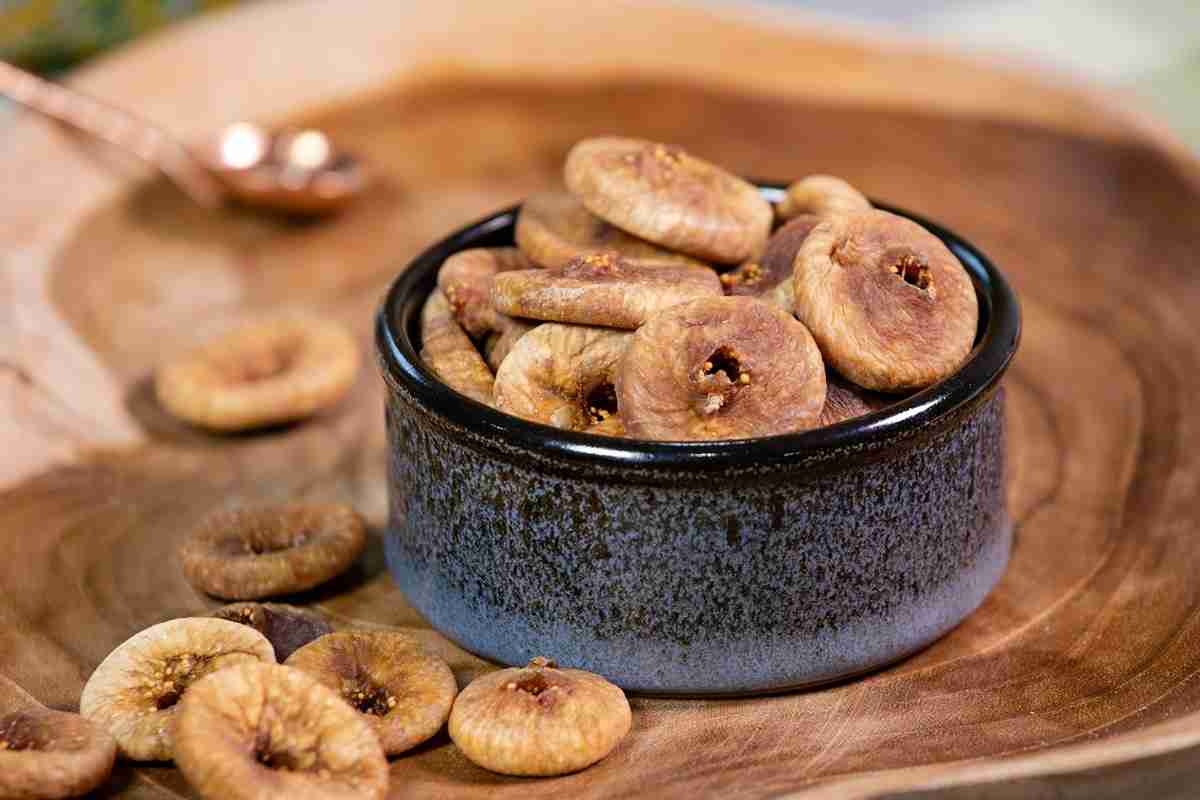
dried figs benefits for pregnancy
Cabrahigo_This product is the simplest product that combines flowers with short pistils and functional vegetables. Most of them are not edible, but are cultivated because they require small bees for pollination. – Smyrna or Smyrna figs. Fruit does not develop unless the flowers are pollinated by male flower pollen from the tiny salirope wasp. -Medium figs or San he Pedro. His first impression is known as his Barwa. No pollination or flower fertilization is required, but like the Smyrna variety he will only grow a second crop if the flowers are pollinated. How to use figs Figs are a seasonal fruit that is still hard to come by if you miss the season from summer to early autumn. It is sold dry or canned. Its flavor is very pronounced, with a creamy texture and small edible seeds. First of all, they are good for fun. The simple definition is that figs are the fruit that bears the fig tree (Ficus carica). July-September is the optimal ripening period. making it a nutritious, fleshy and sweet fruit reminiscent of summer. But figs are more than just a fruit. Botanically, a fig is an impure fruit, like a berry vase, or what is commonly called a seed. Characteristics of figs Figs are one of the oldest fruits cultivated by mankind. There is evidence of fig consumption as early as 9000 BC. The fig tree is native to Western Asia, from where it came to Mesopotamia in Greece (called the Fruit of the Philosopher). and then throughout the Roman Empire. It was a very popular place. It also played an important role in Andalusian agriculture, and after its discovery in America, its cultivation was brought to California and today it is found all over the world. Unlike the fig tree, which is a hardy plant that adapts to all terrains, fresh figs are relatively fragile fruits and do not keep well for more than three days after harvest. This is partly because figs are 70-80% and can be eaten fresh or dried, both of which are very healthy, but the drying process changes the water to sugar ratio. Nutrients in Dried FigsFigs can be eaten all year round by drying, but fresh figs and dried figs are eaten the same way but have different nutritional properties. To put things into perspective, the loss of moisture, which is currently only 30%, has almost tripled its nutritional value, and the result of this process is that dried figs are three times thicker than fresh figs. . And that nutritionally means:

dried figs benefits in hindi
Source of fibre: the most important nutritional characteristic, representing 20% of its volume. This makes it one of the most effective natural. solutions for regulating intestinal transit and an excellent ally for reducing the risk of diseases such as diabetes. In addition, they have a satiety effect. Source of Minerals: Rich in potassium, magnesium, calcium, iron and small amounts of other minerals and vitamins that help muscles and bones function properly. Iron: This mineral is responsible for transporting oxygen in the blood. 50 grams of dried figs provide 6% of its daily requirement for a woman and 8% for a man. It is a good supplement for the prevention of anemia. Potassium: An abundant mineral in figs. Calcium: fruits richest in calcium (162/100 mg). This element is essential for maintaining healthy bones. Magnesium and Phosphorus: These minerals are essential for stabilizing calcium in the bones. Manganese: A rare element involved in bone and tissue formation, blood clotting, insulin action and cholesterol synthesis. Source of energy: A source of natural sugars that help reduce fatigue and improve mood. Source of flavonoids: figs contain small amounts of important substances. For example, flavonoids, which have antioxidant and anti-inflammatory properties, help cleanse the liver and boost the immune system. Contraindications of dried fig Excessive consumption of this fruit can lead to certain problems. Too much can cause laxative problems. It can also cause heartburn, and poor oral hygiene can lead to cavities due to the high sugar content. On the other hand, oxalic acid forms salts with minerals such as calcium and can form calcium oxalate, so if you suffer from this type of kidney stones you should avoid using it. Ideas for eating figs. We have compiled the best recipes for enjoying figs in different ways.
- fig tart
- Grilled eggplant with figs
- Veal Stew with Figs
- Also, don’t forget to try our organic dried figs.

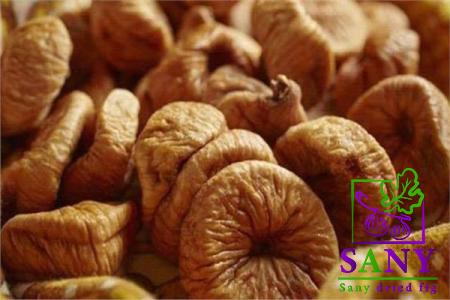
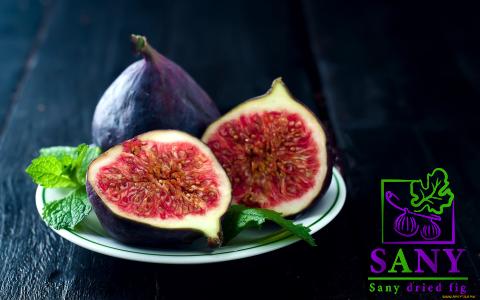
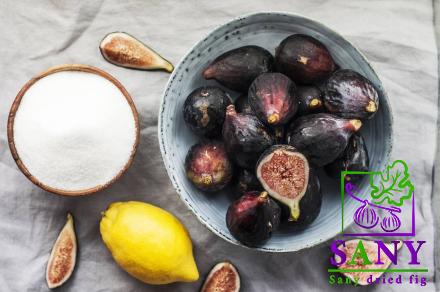


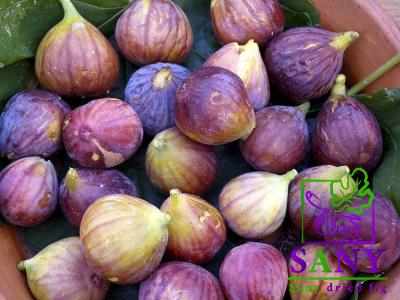
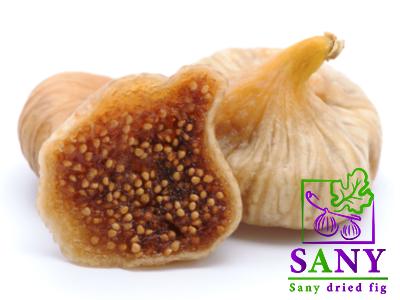
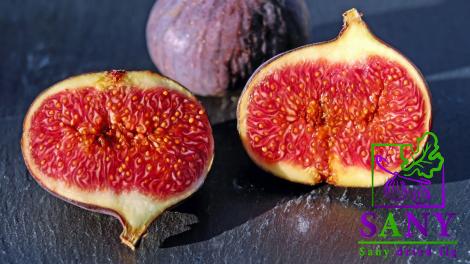
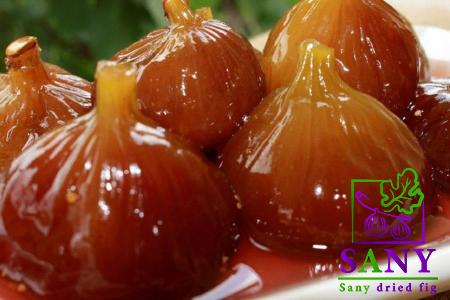
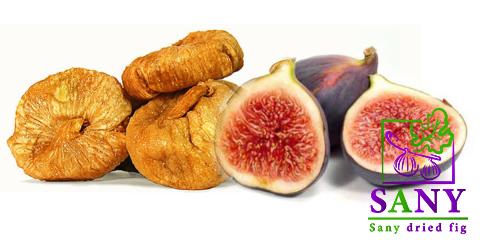
Your comment submitted.